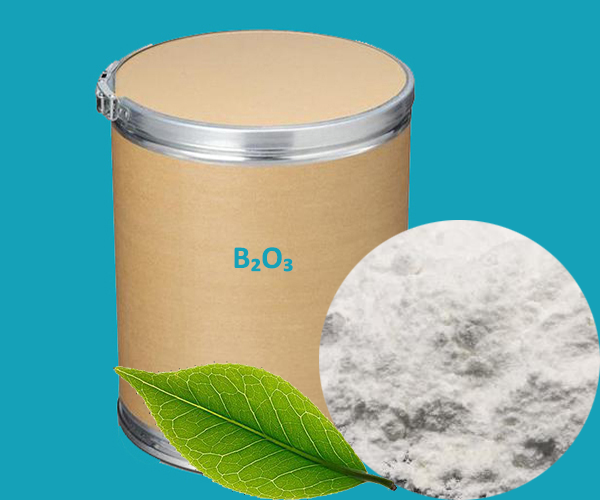Boron oxide, often referred to as boric oxide, is an inorganic compound with the formula B₂O₃. This colorless, glassy solid is a valuable material in the field of chemistry due to its unique chemical and physical properties. It occurs naturally in the volcanic mineral sassolite but can also be produced in a lab setting.
Applications of Boron Oxide
The unique chemical and physical properties of Boron Oxide have made it a sought-after material in a diverse range of industries. Here are some of its primary uses:
In the glass and ceramics industry, Boron oxide is used as a fluxing agent, helping to reduce the temperatures at which the materials are processed. It also improves the chemical durability of glass, making the products more resistant to weathering and chemical attack.
Due to its neutron-absorbing abilities, boron oxide is used in nuclear reactors as a radiation shield and to control the nuclear fission process.
In metallurgy, it is used as a component in the production of special alloys and as a deoxidizer in steel manufacturing.
Its use extends to the field of electronics, where it’s applied as a dopant in the semiconductor industry, modifying the electrical properties of silicon.
 English
English Español
Español Português
Português Français
Français Deutsch
Deutsch Русский
Русский 中文
中文 日本語
日本語
